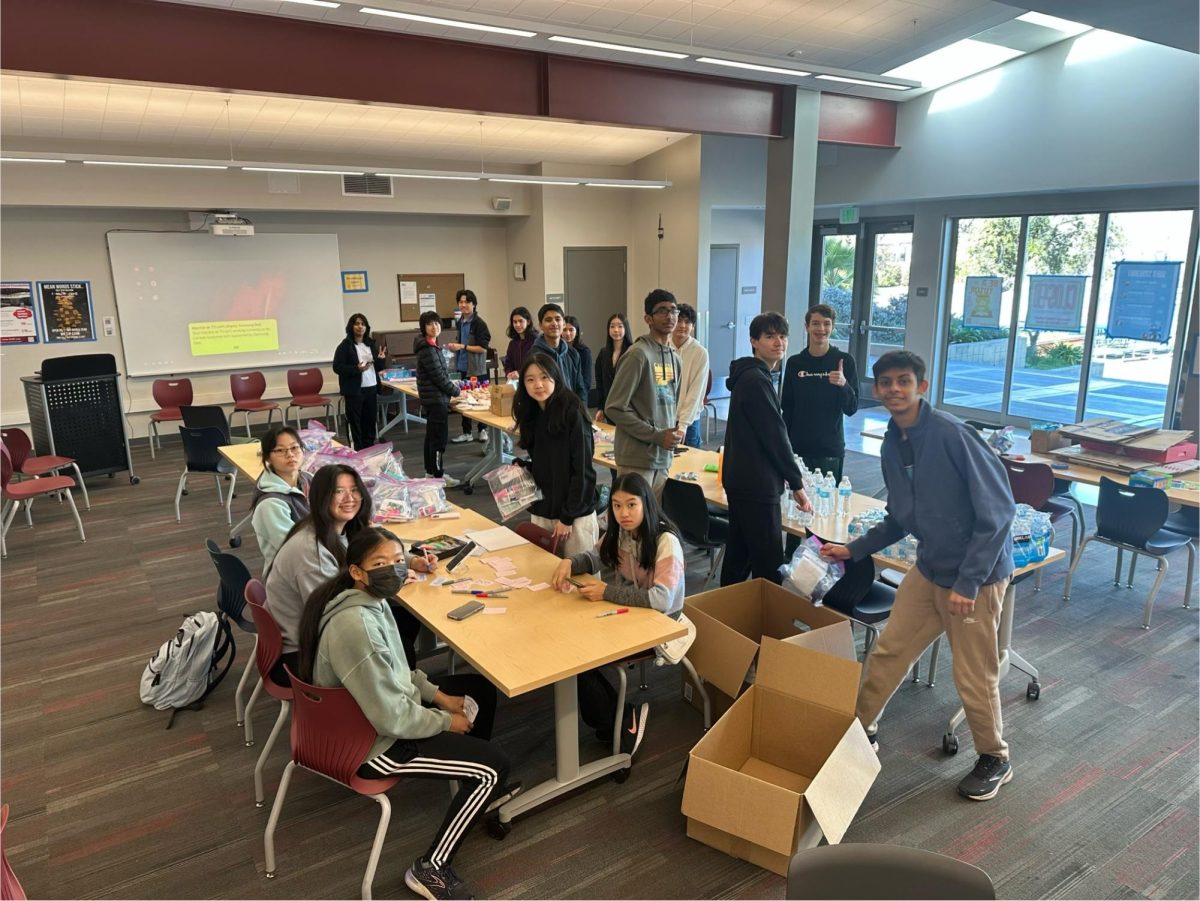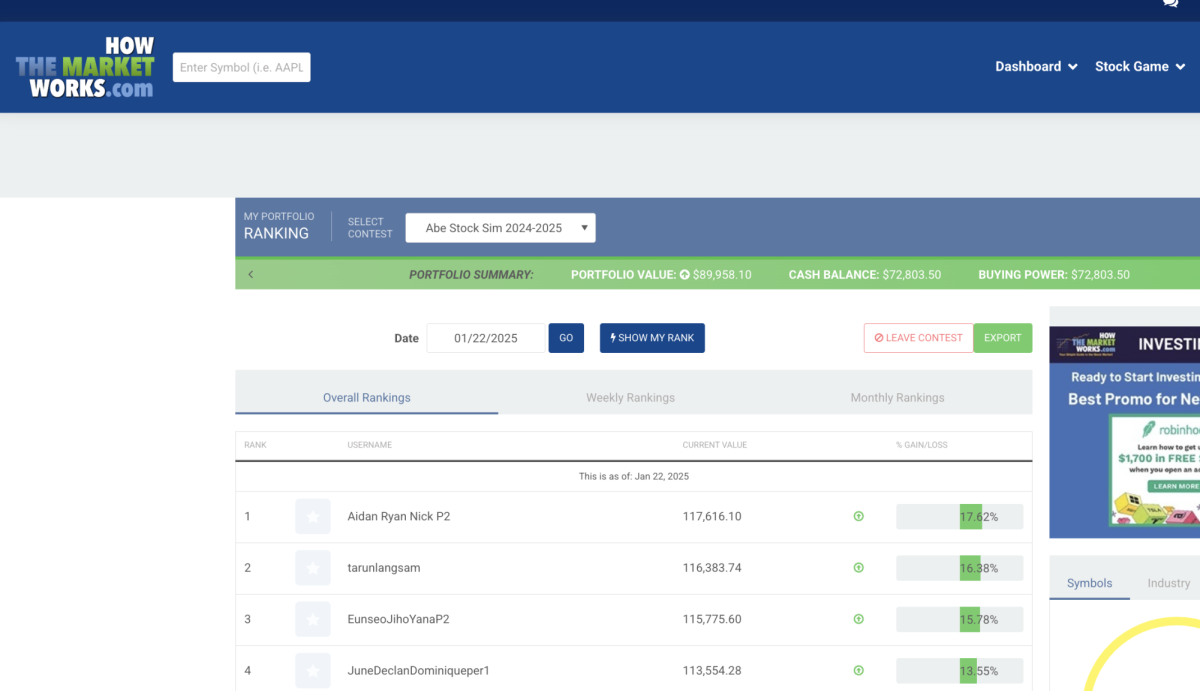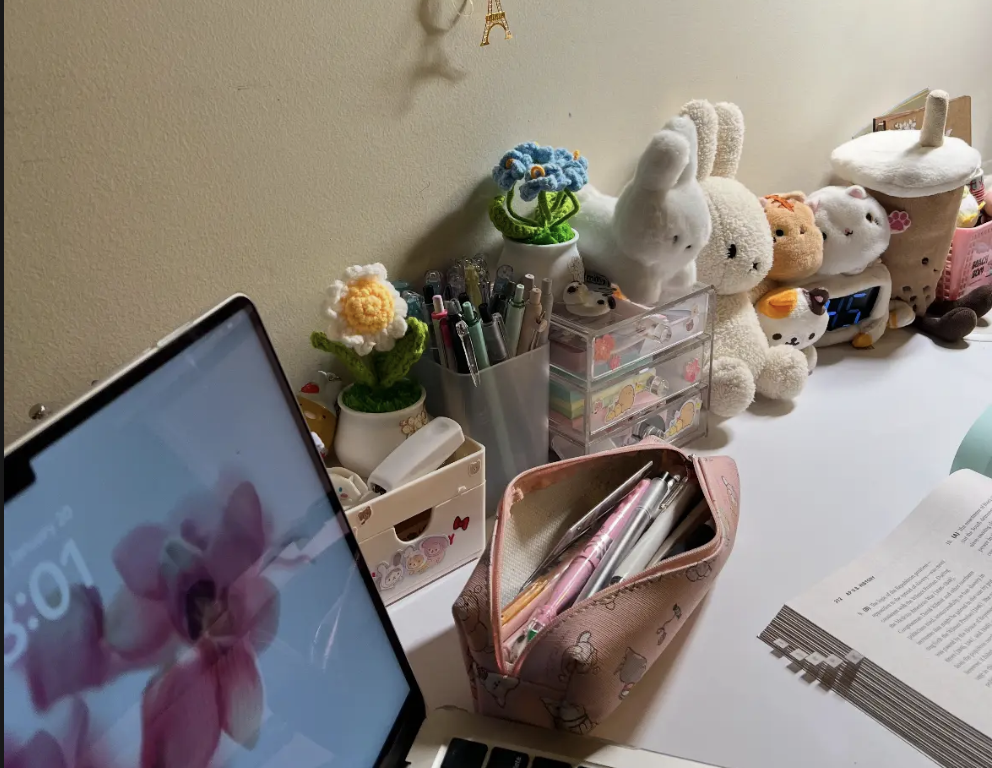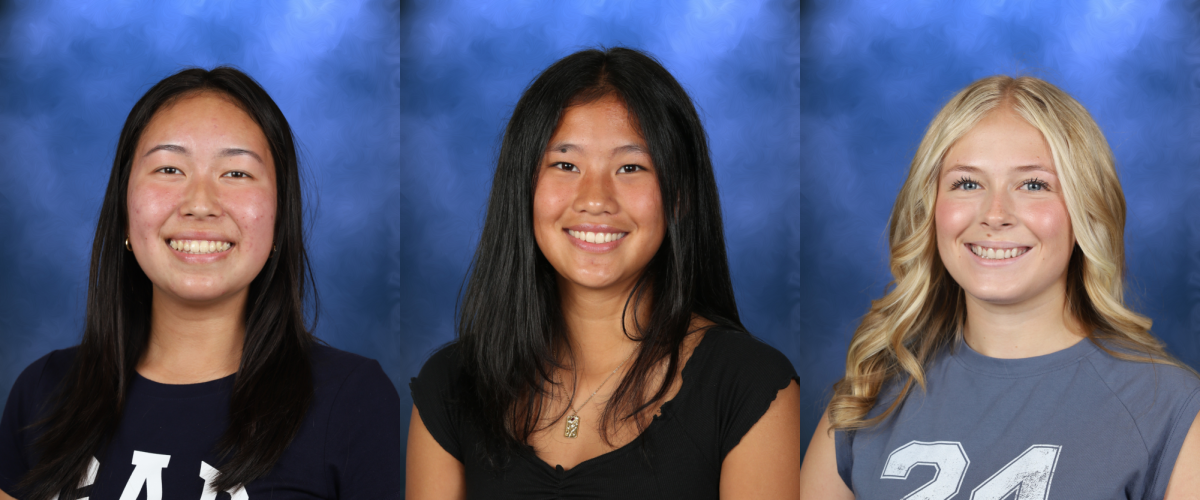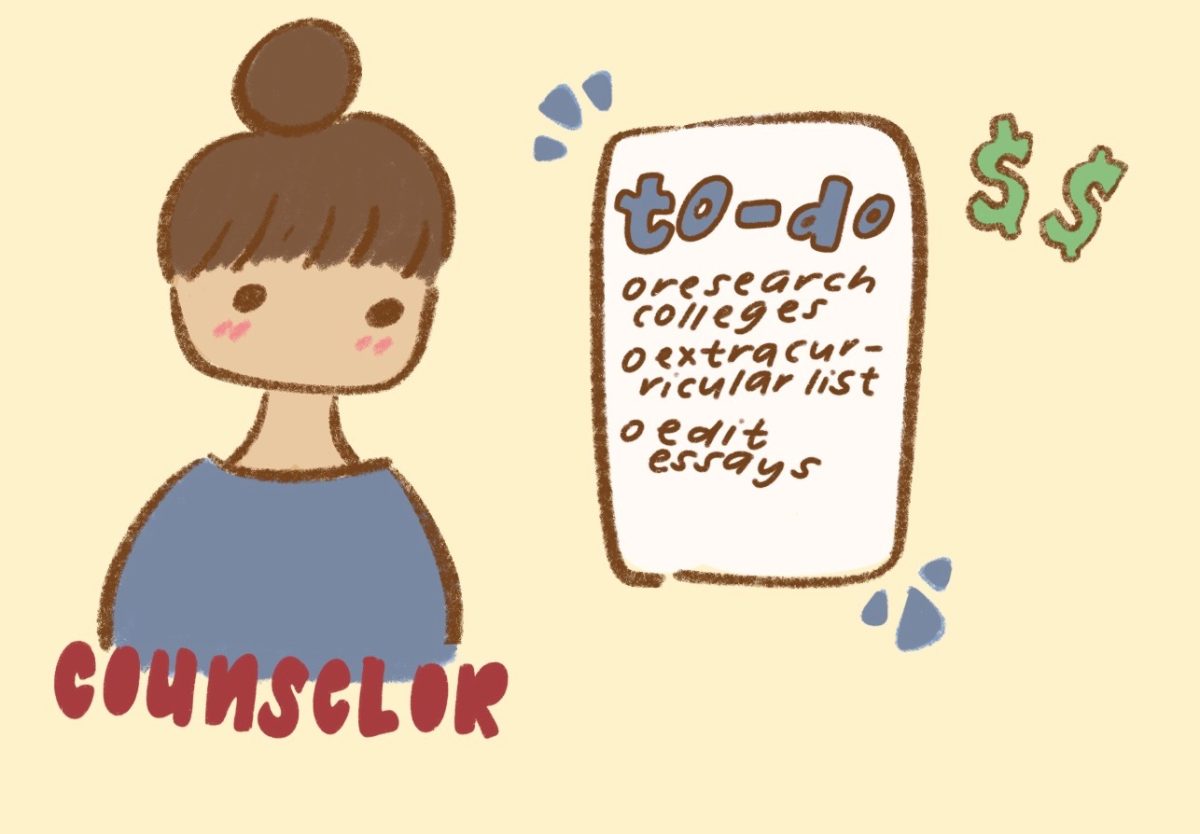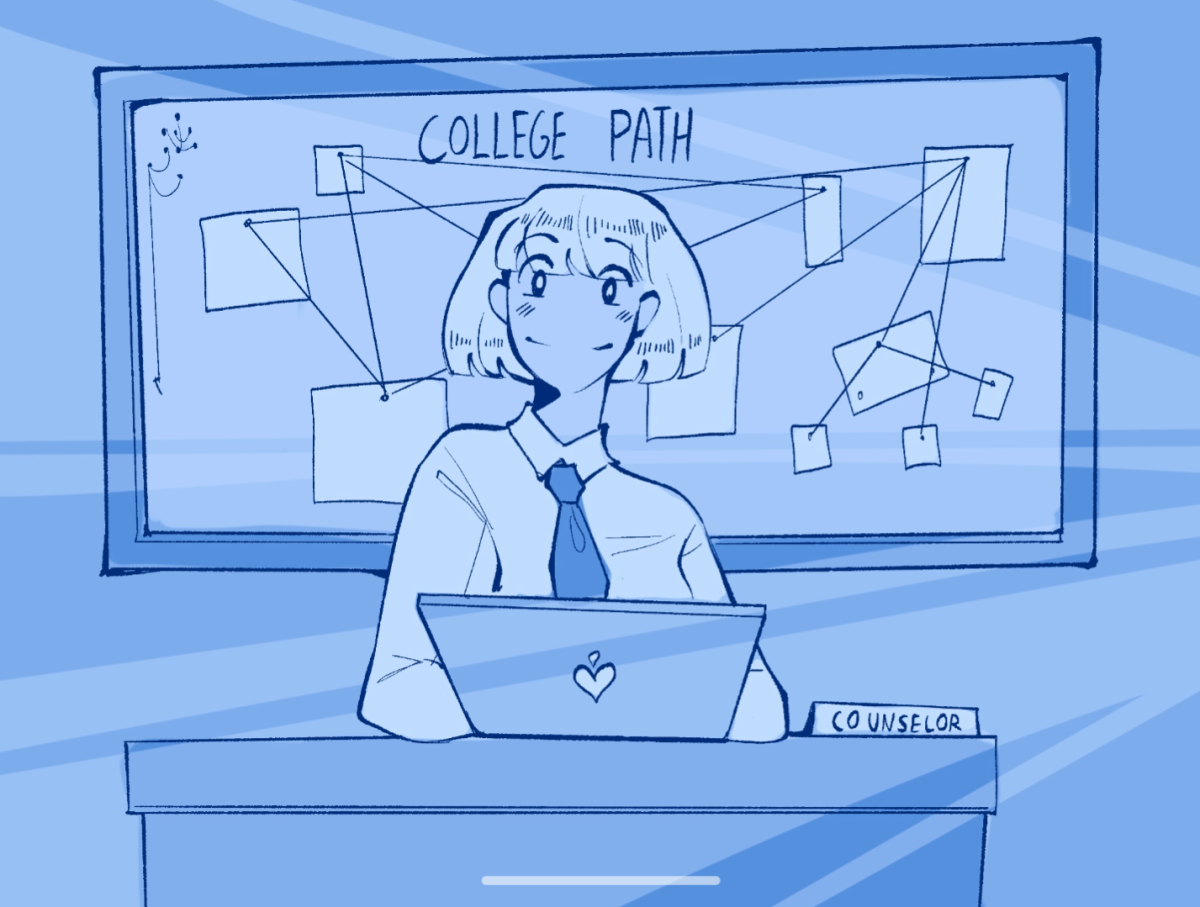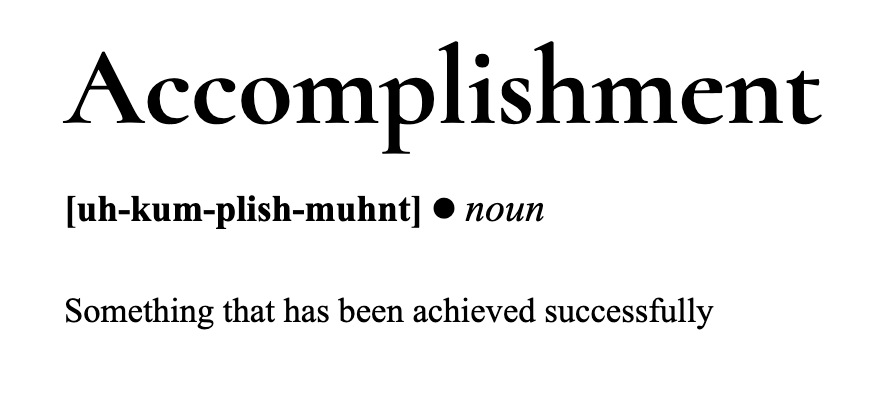It’s a common scenario: After enrolling in multiple AP classes and thinking that he’ll “find a way,” an ambitious junior realizes that the workload is just too much. His eyes bear the battle scars that many other student veterans possess: the dark circles from fighting back sleep, the fear of losing the GPA war, the disheartenment from bombing tests. After a whole semester of frazzled nerves and sleepless nights, he only has a transcript chock full of D’s to show for it.
This situation is all too familiar for many students. For years, some students have been taking more AP classes than reasonable, and often the choice comes at a cost.
Counselor Eileen Allen believes that AP courses are both a blessing and a curse.
“AP classes are a really great way for students to challenge themselves in areas that they’re passionate about and have enough time to pursue,” Allen said. “[However,] there are many students who feel pressure from their peers to take too many AP classes and get themselves into a really bad situation.”
Allen often sees students who sign up for more than they bargained for and then “rush to drop advanced courses because they know they can’t [handle them].”
Allen said dropping early is better than hanging on until it’s late in the game.
“There are students who don’t figure out [that they cannot handle the class] until the middle of the semester,” Allen said. “Then they’re kind of stuck somewhere unless they want to take a withdraw or fail for that course. I think that becomes a problem because then they have that on their permanent record.”
In addition, Allen has noticed that many students face health consequences. Lack of sleep and too much stress are among the numerous factors that contribute to this issue.
“I have students who just are so freaked out that they’re getting only four or five hours of sleep a night when they should be getting eight to nine hours of sleep per night,” Allen said. “[Students are] still growing and [their] brains are still developing, [which is] something [they] need to consider. [Personally,] I think that health is more important than getting into any college.”
So what exactly causes students to put themselves under such strain? According to Allen, it is usually the allure of college competition as well as encouragement from peers and family. Despite this, Allen believes that it is not necessary for students to overload their schedules in order to enter a good college.
“We have lot of data that supports the idea that there are still students who don’t overdo [AP classes] or aren’t necessarily taking super advanced math as freshmen, who are still getting into prestigious universities,” Allen said.
Another argument students bring up for heavy course loads, according to assistant principal Brian Safine, is that rigorous schedules are good practice for college academics — an idea Safine thinks is wrong.
“It’s very likely that you would average around four classes for each college semester or quarter,” Safine said. “And based on the college schedule and extracurriculars in college [that] you’re doing, you’re likely to have a lot more free time.
Doing six or seven AP classes in high school would be more than what a student is doing for college.”
To counter the growing problem of students taking more AP classes than they can handle, the guidance department is working on a timetable form that all students will be required to fill out in future years. The form allows students to fill out how many total classes they are expecting to take, how many AP classes they are expecting to take and how many extracurricular activities they are expecting to do.
The timetable then requires students to calculate how much time all these activities will take per day — 30 minutes for a normal college prep class, an additional 30 minutes for an AP or Honors class, plus the amount of hours per day for each extracurricular, as well as eight hours of sleep — to help students realize whether or not their planned schedule is reasonable or not.
“We know that [the time] varies by the block schedule, and that it varies from student to student, but [the calculations are] our best estimate, our best attempt to have students right-size their schedule,” Safine said.
Both Allen and Safine believe that the form will help students visualize how many hours each class consumes and clear up any misconceptions of the workload.
“I think students should have the option to pursue courses based on their interests and their skills,” Safine said. “But we want to make sure that students make appropriate choices and keep their lives in balance. It’s not appropriate to take advanced courses in every subject area simply because they exist.”


